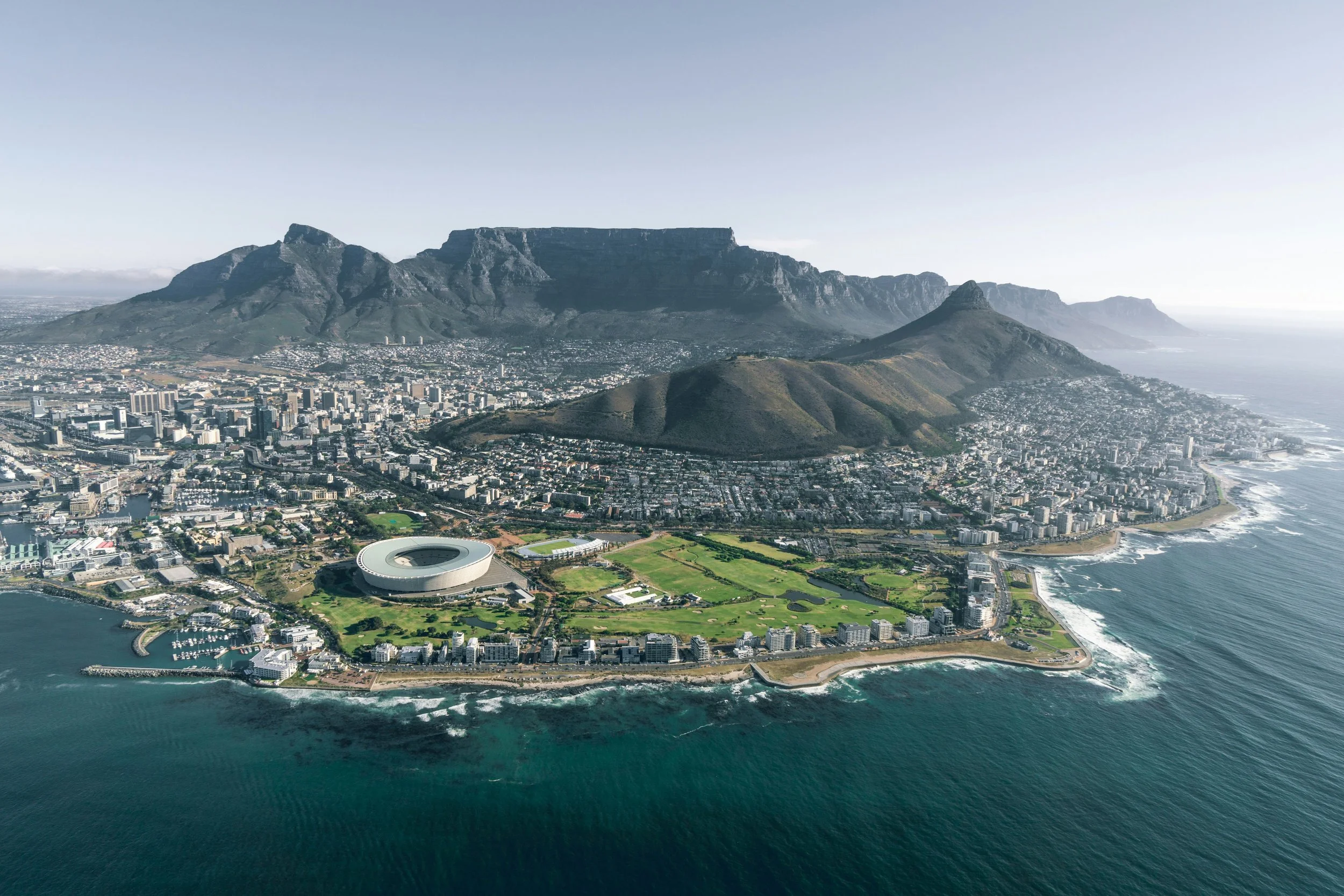The Rainbow Nation: an unrealistic dream of equality?
Photo by Tobias Reich on Unsplash
The drive from Cape Town International Airport to the heart of the city tells a painful story of the generations of wealth inequality in South Africa. I’ve made the drive many times, and it never ceases to stun me. A sea of dilapidated shacks scatter the outskirts of the city. Rows upon rows of these small structures have been home to mainly black South African families for generations. Townships, a remnant of the Apartheid era, have remained inhabited by families who have not been able to escape the legacy of Apartheid.
As of 2019, South Africa was the most economically unequal country in the world, a fact that shows. The inequality of the last century has remained, as “previously disadvantaged South Africans hold fewer assets, have fewer skills, earn lower wages, and are still more likely to be unemployed.”
Murray Leibbrandt, an Economics Professor at the University of Cape Town explains that “[inequality] is a very embedded phenomenon that doesn’t change very quickly, because it’s the result of the way the whole society coheres.”
In my travels, I have experienced both ends of the spectrum. I’ve walked through the townships, but also the gated communities of luxury villas overlooking Cape Town. There is not only financial division but racial division as well. It is true that the majority of South Africa’s wealthiest class is white. It is two completely different worlds collided on a small peninsula.
Most South African citizens agree on the fact that the country is not where it should be, economically and developmentally. Infrastructure development and the growth of a middle class has been slow. According to Leibbrandt, “the best signifier of a country that’s really on its way isn’t a society with no inequality. It’s a society with declining inequality and a growing middle class.”
Unfortunately, inequality remains rife and a middle class remains small. It is extremely difficult to address and solve an issue that has been so embedded in the culture and the society, and there is no better example of this than the diverse Rainbow Nation.
